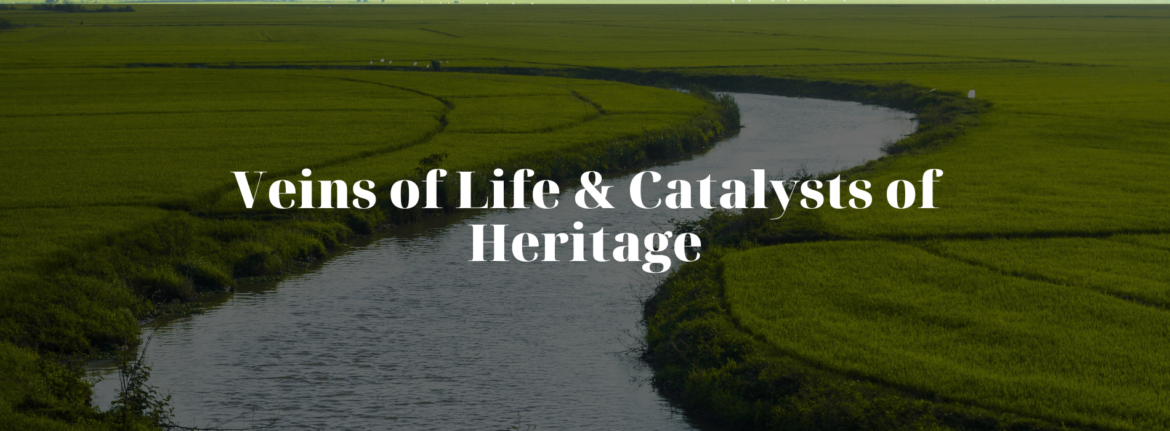Poland’s rivers are more than just bodies of water; they are integral to the country’s ecological health, economic prosperity, and cultural heritage. Flowing through vast stretches of the landscape, from mountainous regions to the vast plains, these rivers have shaped Poland’s history and continue to play a crucial role in its development. This exploration delves deep into the significance of Poland’s rivers, highlighting their ecological importance, role in transportation and trade, and cultural significance, which together weave a narrative of a nation intrinsically linked to its waterways.
The Lifeblood of Natural Ecosystems
Poland’s rivers, such as the Wisła, Odra, Warta, and Bug, are vital arteries for the country’s ecosystems. They provide essential habitats for a diverse array of flora and fauna. The Vistula River, Poland’s longest river, runs through the heart of the country and supports various species of fish and birds, some of which, like the Terns and the Kingfishers, are rare or endangered. The rivers’ wetlands and floodplains are crucial breeding and feeding grounds for these species and act as natural biofilters that help purify the water, reducing pollution naturally.
Engines of Economic Activity
Historically, rivers have been pivotal in shaping the economies of the regions they flow through. In Poland, rivers have been essential for transportation and trade since medieval times. The Vistula River historically enabled the trade routes that linked the north and south of Europe, carrying goods from the Baltic countries down to the Black Sea. Today, these waterways continue to support modern economies by facilitating cargo transport, reducing road traffic, and lowering air pollution. Cities like Gdańsk, Warsaw, and Szczecin owe much of their economic growth to their strategic positions along these vital rivers.
Catalysts for Energy and Agriculture
Poland’s rivers are also key to the country’s energy and agricultural sectors. Many rivers, like the Oder and Warta, are harnessed for hydroelectric power, contributing to Poland’s energy mix and helping to mitigate the country’s carbon footprint. Additionally, the extensive river systems provide irrigation necessary for agriculture, particularly in regions where water might otherwise be scarce. This irrigation supports Poland’s agricultural output, ensuring food security and providing livelihoods for thousands of rural communities.
Cultural and Historical Significance
Beyond their ecological and economic roles, Poland’s rivers hold deep cultural and historical significance. The banks of these rivers have witnessed numerous historical events, from battles to trade fairs, which have shaped the nation’s identity. The Vistula River, for example, is often referred to as the „Queen of Polish Rivers” and features prominently in Polish literature, music, and folklore. The annual festivities along the riverbanks, such as the Wianki festival in Kraków, celebrate traditional customs and the natural bounty provided by these waterways.
Centers of Recreation and Tourism
Poland’s rivers also offer numerous recreational opportunities, making them popular destinations for tourism and leisure activities. Kayaking, fishing, and river cruising are common along many of Poland’s rivers, providing both locals and tourists with a chance to connect with nature and enjoy the scenic landscapes. The development of riverfront promenades in urban areas like Warsaw’s Vistula Boulevards has also transformed these spaces into vibrant social and cultural hubs, further enhancing their role in urban life.
The rivers of Poland are integral to the nation’s character and survival. They nourish the land, support biodiversity, drive economic growth, and enrich the cultural fabric of the country. As Poland continues to develop, the sustainable management of these rivers remains a priority, ensuring that they continue to flow as sources of life and prosperity for future generations. In embracing their rivers, Poland embraces its past, present, and future, underscoring the timeless connection between the nation and its flowing waters.
